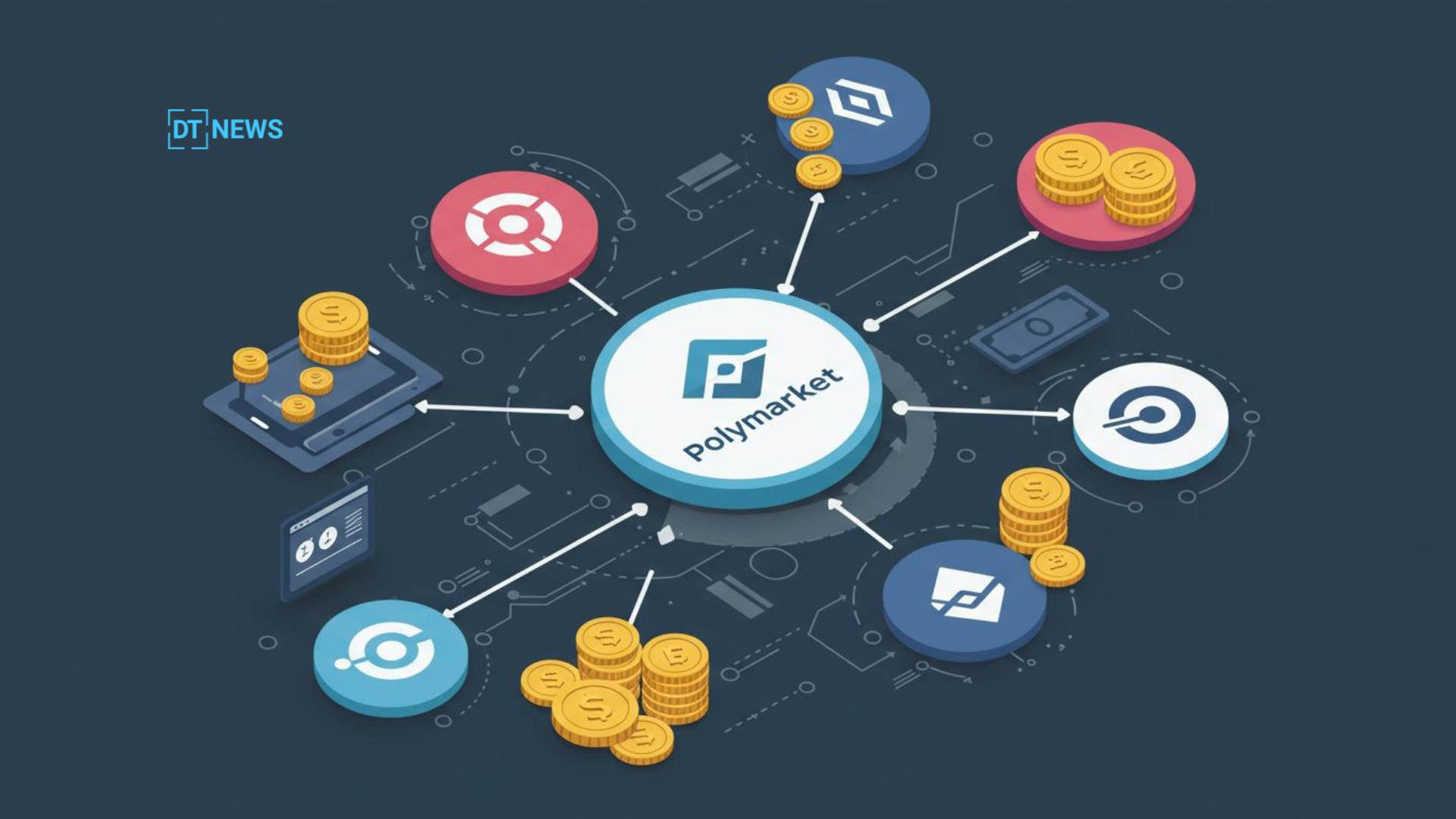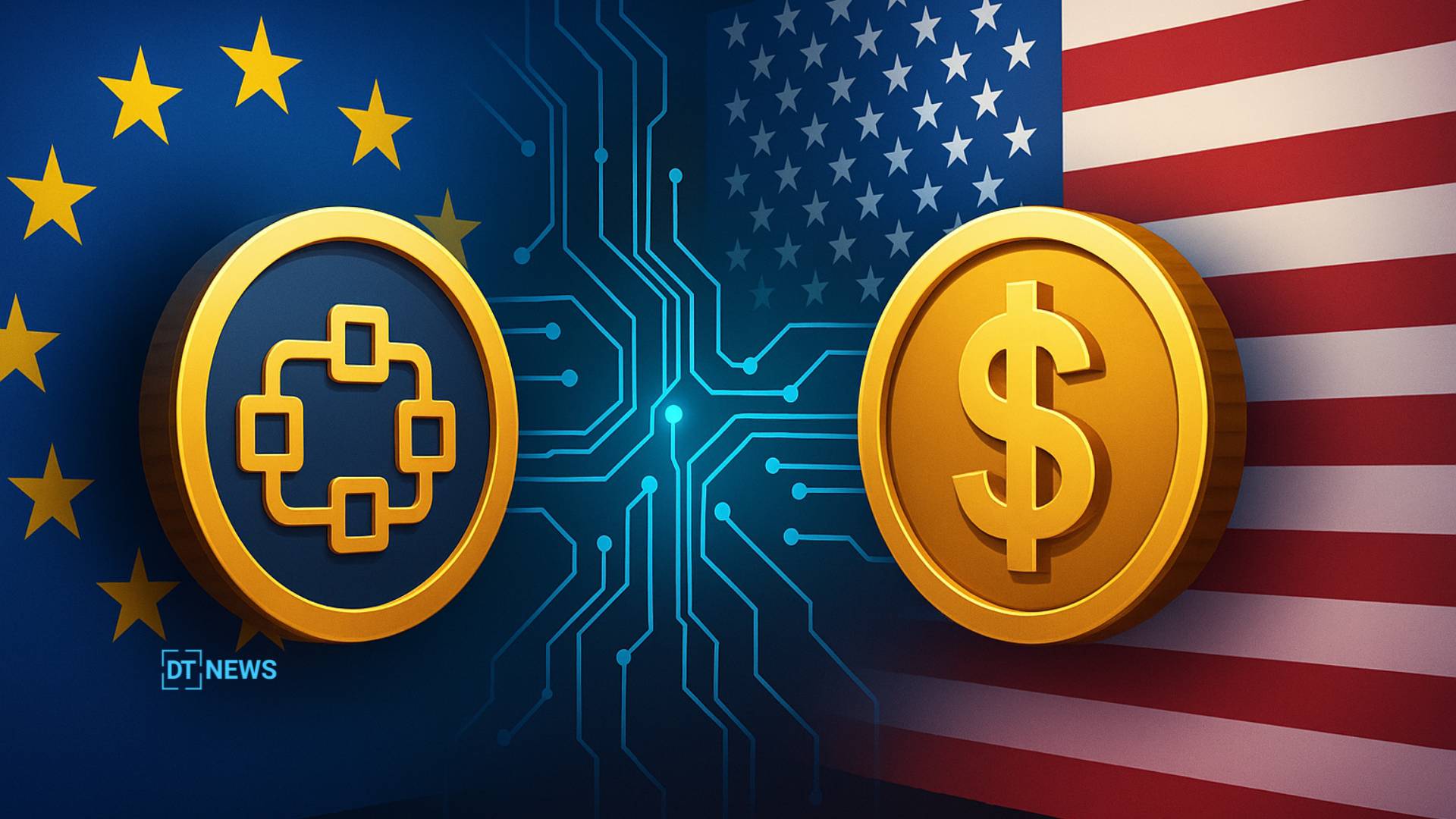The divergence in approaches to stablecoins between Europe and the United States reflects a broader division in monetary policy and regulation. At the heart of Europe vs US stablecoin regulation is a war for control over the future of global digital currencies, with serious ramifications for students, analysts, and blockchain engineers.
- Why U.S. Stablecoin Strategy Drives Global Dollar Power
- Europe vs US Stablecoin Regulation: The MiCA Difference
- Monetary Sovereignty and the Digital Euro
- Innovation vs Safeguards: Which Approach Wins?
- Market Trends Show U.S. Dominance
- Conclusion: The Future of Global Stablecoins
- Glossary of Key Terms
- Frequently Asked Questions
A comparison shows how Europe’s cautious approach differs from America’s aggressive drive, transforming global digital finance for academics, analysts, and blockchain experts alike.
Why U.S. Stablecoin Strategy Drives Global Dollar Power
In July 2025, the United States proposed the GENIUS Act, the first federal legislation controlling dollar-backed stablecoins. It requires one-to-one reserves in cash or short-term Treasuries, tight reporting requirements, and adherence to the Bank Secrecy Act. This regulation legitimizes stablecoins as financial tools while enhancing the US dollar’s worldwide position.
Supporters claim that the measure would spur innovation and provide access to US-backed digital assets. Critics fear that pseudonymous transactions might increase systemic risks by allowing capital flight and tax fraud. This reflects the more open, market-driven American attitude that underpins European vs US stablecoin regulation.
Europe vs US Stablecoin Regulation: The MiCA Difference
In contrast, Europe has pushed ahead with MiCA (Markets in Crypto-Assets Regulation), which will be completely implemented by late 2024. MiCA requires issuers to be headquartered in the EU, keep 1:1 reserves, and adhere to stringent consumer protection and operating criteria.

This framework precludes non-compliant foreign stablecoins from being freely distributed within the EU. However, loopholes exist, since US-issued stablecoins may still be traded on decentralized platforms, creating obstacles to monetary sovereignty.
Monetary Sovereignty and the Digital Euro
ECB officials are concerned that US dollar-backed stablecoins may weaken euro-denominated financial systems. As usage increases, the eurozone risks losing control of interest rates and incurring greater borrowing costs. European officials feel that increasing the use of the digital euro is critical to maintaining control.
This demonstrates how stablecoin regulation in Europe vs US stablecoin regulation is more than just compliance; it is linked to monetary sovereignty. While Europe stresses security and regulatory monitoring, it risks losing momentum to more adaptable US markets if it fails to innovate swiftly.
Innovation vs Safeguards: Which Approach Wins?
The United States framework promotes innovation and worldwide adoption. Proponents say that the GENIUS Act promotes development and institutional interest in the American cryptocurrency ecosystem. Critics, however, warn that it advantages major businesses while making it difficult for smaller enterprises to comply.
Europe’s MiCA is intended to safeguard users and foster trust. However, analysts caution that excessive regulation may hinder innovation and drive money to more permissive nations. This trade-off is key to the continuing discussion over Europe vs US stablecoin regulation.

Market Trends Show U.S. Dominance
The worldwide market is dominated by dollar-pegged stablecoins, with fewer than €350 million in euro-backed tokens. By March 2025, European exchanges began delisting non-compliant coins like as USDT and PYUSD, resulting in significant liquidity shifts.
While U.S. legislation prohibits interest on stablecoin holdings to minimize bank-like dangers, market observers warn that a depegging event may still result in “crypto bank runs” that echo across conventional markets.
Conclusion: The Future of Global Stablecoins
The fate of Europe vs US stablecoin regulation will decide the balance of power in digital finance. The United States is strengthening its position by utilizing its dollar supremacy and innovation-friendly legislation. Meanwhile, Europe is focused on consumer protection and monetary sovereignty via MiCA and the digital euro.
For analysts, students, and developers, these opposing approaches highlight the tug of war between innovation and regulation. The jurisdiction that can strike a balance between speed and safety will likely dominate the global stablecoin business for decades to come.
Glossary of Key Terms
MiCA (Markets in Crypto‑Assets Regulation): EU law governing stablecoins and crypto-asset service providers, fully effective in December 2024.
GENIUS Act: U.S. legislation enacted July 18, 2025, establishing legal framework for dollar-backed stablecoins.
E‑Money Tokens (EMT): Stablecoins pegged to a single fiat currency regulated under MiCA.
Asset‑Referenced Tokens (ART): Tokens backed by a basket of assets, including fiat or crypto, regulated under MiCA.
Monetary Sovereignty: Control over national currency issuance and financial autonomy. Europe fears surrender of sovereignty to foreign stablecoin dominance.
Regulatory Arbitrage: Exploiting cross-border rules differences to gain market advantage, a concern in allowing fungible stablecoins across jurisdictions.
Digital Euro: ECB project to launch a retail central bank digital currency to counter stablecoin risks and support euro policy control.
Frequently Asked Questions
1. What is the key difference in Europe vs US stablecoin regulation?
The U.S. promotes innovation with the GENIUS Act, while Europe’s MiCA emphasizes consumer protection and monetary sovereignty.
2. Why does Europe fear U.S. stablecoins?
Dollar-backed stablecoins could weaken the euro and reduce control over European monetary policy.
3. What does MiCA require?
Issuers must be EU-based, hold 1:1 reserves, and follow strict operational standards.
4. Does the U.S. law protect consumers?
Yes, but critics argue it is less comprehensive than MiCA in terms of user protections.
5. Can U.S. stablecoins operate in Europe?
Not directly if non-compliant, but they can circulate through decentralized platforms.
6. Will the digital euro solve Europe’s challenges?
It could enhance sovereignty, but adoption and execution remain uncertain.
7. Who currently dominates the stablecoin market?
Dollar-pegged stablecoins make up nearly 99% of the global market.



















































































































